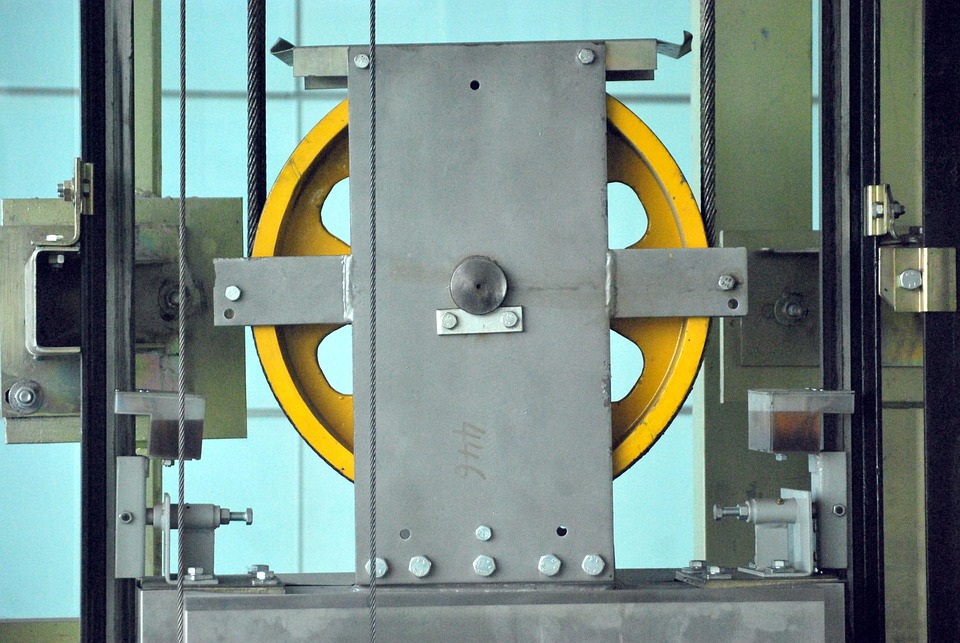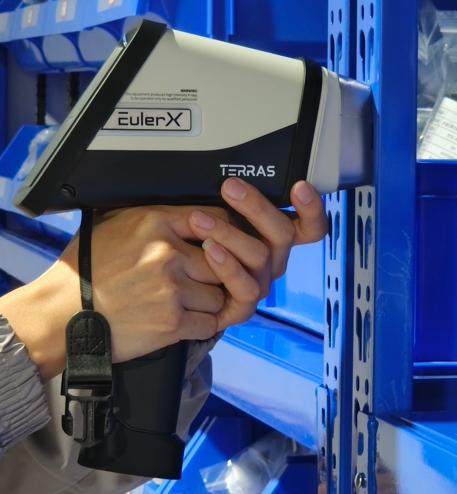
Metal Material
A high-tech enterprise focusing on the development and application of X-ray technology products, committed to becoming a leading supplier of X-ray industrial testing solutions.
Mastering How to Use Handheld XRF for Quick and Efficient On-Site Analysis
The Power of Portable Elemental Analysis
In today's fast-paced industrial environments, handheld XRF (X-ray fluorescence) analyzers have become indispensable tools for rapid material verification and quality control. These compact devices empower professionals across multiple industries to perform instant elemental analysis anywhere - from factory floors to remote mining sites. But t
o truly harness their full potential, users must master proper techniques and best practices.

Getting Started: Essential XRF Fundamentals
Before diving into field applications, it's crucial to understand the core principles of XRF technology:
Physics Behind the Technology: When the analyzer's X-ray beam hits a sample, it excites atoms, causing them to emit secondary (fluorescent) X-rays unique to each element.
Key Components: Modern handheld units integrate an X-ray tube, advanced detector (typically silicon drift or PIN diode), powerful processor, and intuitive touchscreen interface.
Non-Destructive Advantage: Unlike traditional lab methods, XRF preserves sample integrity while delivering immediate results.
Optimizing Your On-Site Testing Workflow
Pre-Analysis Preparation
Surface Matters: Always clean samples to remove dirt, coatings, or oxidation that could skew readings. A quick grind or swipe with sandpaper often suffices.
Stabilize Samples: For small or irregular items, use a testing stand or flat surface to ensure consistent positioning.
Environmental Factors: Be mindful of extreme temperatures, moisture, or vibrations that may affect performance.
Mastering Measurement Techniques
Proper Positioning: Maintain consistent contact (or 1-2mm standoff for fragile samples) perpendicular to the surface.
Measurement Time: Balance speed and accuracy - typically 1-3 seconds for alloy sorting, up to 30 seconds for trace element detection.
Multiple Readings: Take 3-5 measurements at different spots for heterogeneous materials.
Advanced Field Strategies
Custom Calibrations: Create material-specific methods for specialized applications.
Real-Time Data Review: Learn to interpret spectra on-site to identify potential interferences.
Mobile Integration: Pair with smartphones/tablets via Bluetooth for enhanced data management.
Industry-Specific Applications
Metal Fabrication & Recycling
Instant alloy verification prevents costly material mix-ups
Incoming material inspection streamlines quality control
Scrap sorting maximizes recovery value
Mining & Exploration
Real-time ore grade analysis guides drilling decisions
Contaminant screening ensures regulatory compliance
Core sample analysis reduces lab dependency
Environmental & Safety
Lead paint detection in renovation projects
Soil contamination mapping for remediation
Consumer product safety testing

Terras EulerX900 Handheld Alloy Analyzer
Overcoming Common Field Challenges
Problem: Inconsistent readings
Solution: Ensure proper surface prep and consistent positioning
For fast, reliable metal analysis, the EulerX 900 series stands out. This handheld XRF analyzer excels in alloy verification, scrap recycling, and PMI, delivering precise results in seconds. With no sample prep and a user-friendly interface, it’s the go-to tool for quality control across multiple industries.
Conclusion: Efficiency Through Expertise
Mastering handheld XRF operation transforms these devices from simple tools to powerful decision-making aids. By combining proper technique with industry-specific knowledge, professionals can achieve lab-quality results in the field, dramatically improving workflow efficiency and reliability.
Join Us
Subscribe to our email list for updates & promotions.



